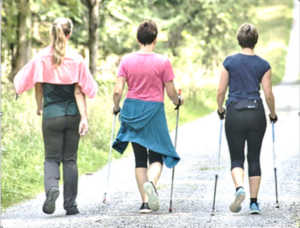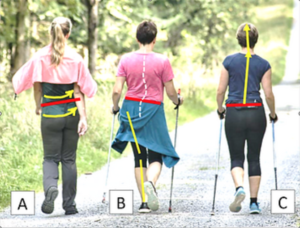As a Yoga Therapist, I meet individually with clients to improve posture, address pain and injuries, and reach states of profound relaxation. My specialties are Scoliosis, spine and joint instability, and Osteoporosis.
I customize movement practices for clients with vastly different needs, from equestrians to CrossFitters, long distance runners to the highly sedentary. I have over 10,400 hours of clinical experience and professional training using Yoga to address musculoskeletal imbalances that contribute to recurring pain.
In Yoga Therapy, the goal is not to rehearse poses, but discover how to move more efficiently, effectively, and without tension. This approach allows the nervous system to let go of defensive patterns of tightness and painful reactivity.
Your body can excel within its design parameters. Your body can heal once we know how to navigate the obstacles to healing. Your mind can quiet and soften. I am here to help you find your way.




